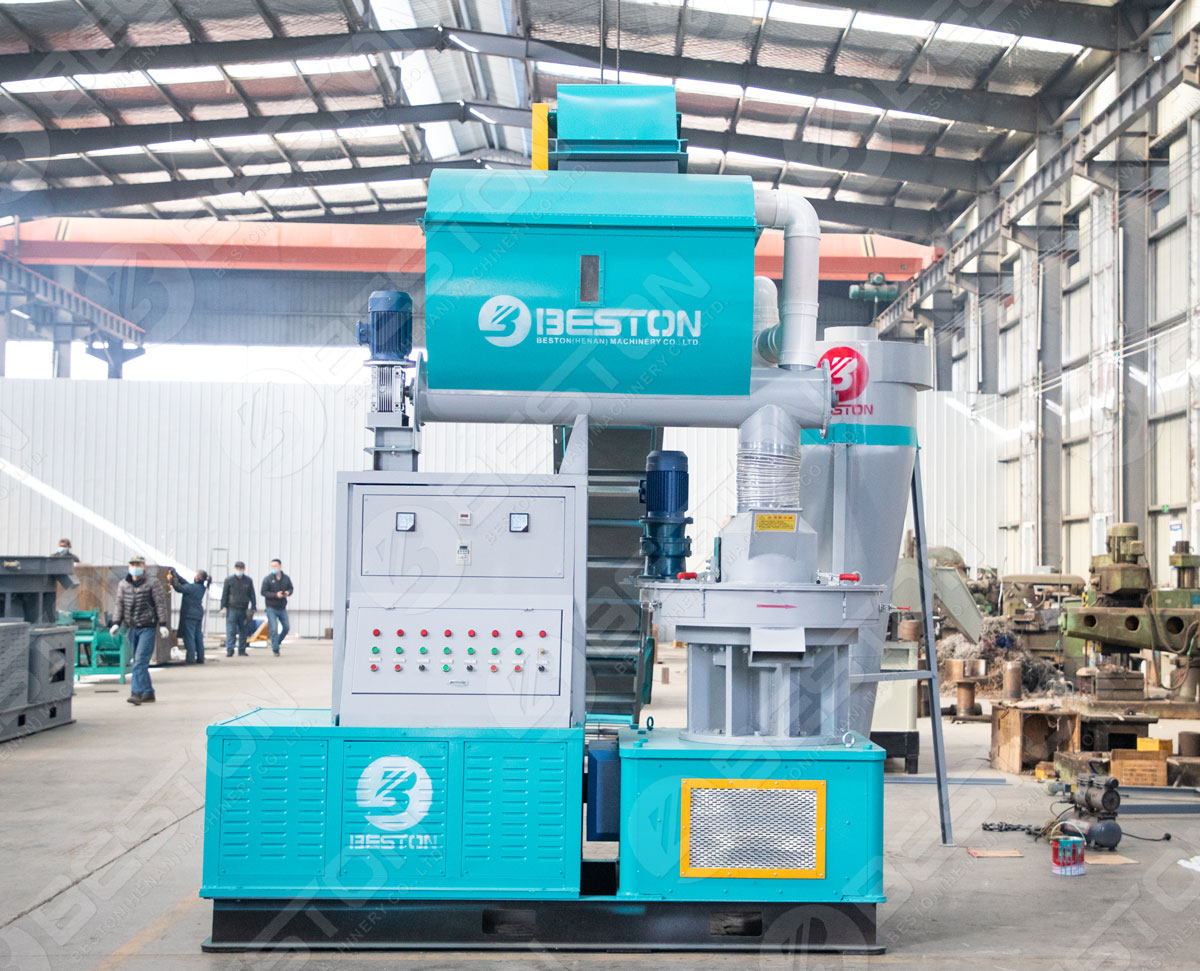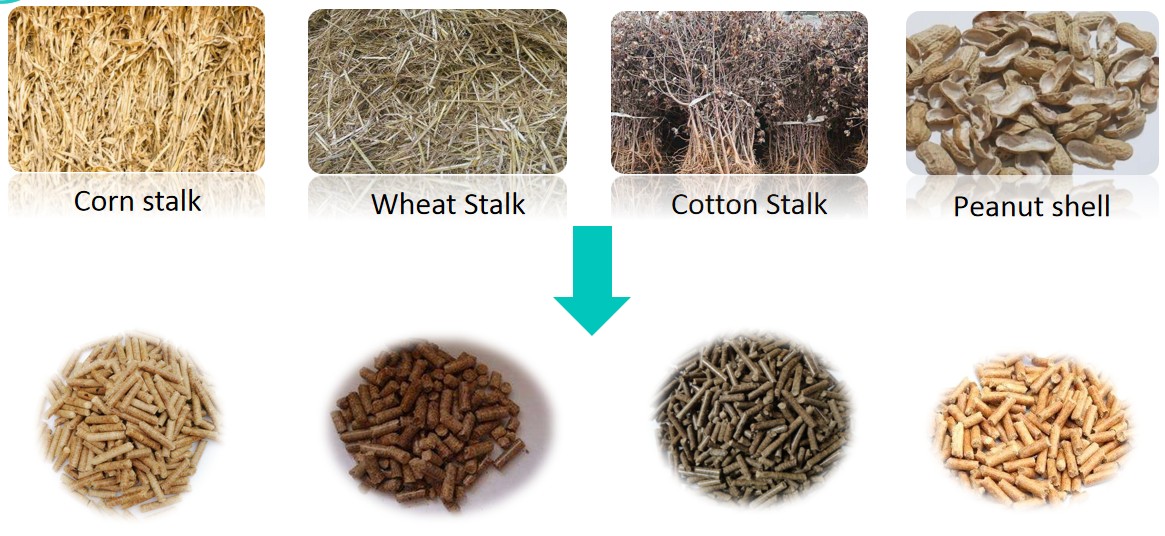Wood is a valuable material used in the production of different items. During harvesting, it comes in massive sizes that require cutting into defined shapes. The most commonly used machine is a saw. During this process, there’s the formation of sawdust. Initially, investors could dispose of this material, but it’s a contrary situation at the moment. The invention of the sawdust pellet machine has aided in the recycling of this material. However, the materials’ value depends on the kind of wood species, density, and lignin. Once you establish this, follow the below steps and make sawdust pellets.

Preparation
The formation of sawdust exposes it to moisture. This aspect is not ideal as it may slow down the manufacturing process. Before initiating the process, it is imperative to prepare the sawdust. You must measure the content as it will also determine the quantity that can evaporate. Dry the sawdust with excess amount moisture to the desired level. Drying is critical before you take any other action. There is a specific design of the dryer that purposely does this job. Once it’s ready, proceed to the next phase.
Screening
Sawdust is a delicate material with the potential to trap in a lot of unwanted items. Additionally, during cutting, the wood splits differently, thus the formation of different-sized components. The screening stage is crucial as it reveals items like stones, pieces of plastic, and metal. When you proceed to process without removing these items, you expose the wood pellet-making machine to danger. Materials like metal can cause malfunctions that will delay the method. The materials get singled out by a magnet and stone trap. Contact Beston to get pellet mill machine price.
Hammering
Sawdust hammering refers to forming a similar-sized product by eliminating wood notes, lumps, and other dead items. The hammer homogenously splits the more significant portions into desirable sizes. The process can take some time, depending on the quality of sawdust at hand. The materials must pass the die holes in the wood pellet machine. The process goes on until every bit of it is even.
Pelletizing
The formation of pellets is an essential part of the wood pellet-making process. Upon hammering, the sawdust gets conveyed to the pelletizing chamber. This task’s recommended temperature is 120 to 130 degrees Celsius; under this temperature, the sawdust’s lignin forms a plastic-like substance that binds the sawdust. The role is to aid in the molding of the required pellets. The machine consists of shot dies that help in creating the end products. The device presses the material through them. The binder is a crucial part of the product as it enhances the items’ durability and strength. The pellet mill die is also important. When choosing the right die, its span life is long.

Cooling
Due to the heat in the pelletizing chamber, the pellets leave the machine hot and in a plastic form. Cooling is therefore essential. The final product must be hard and with a moisture content of at least 10% due to air exposure.
When it’s ready, the pellets go through another screening phase. The last step is packaging and delivery to the different locations. The packaging material must prevent any damages to the products. Send email to this waste to energy plant manufacturer to get price list quickly.